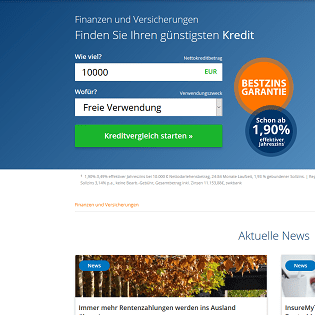Accelerating Financial Growth: The Power of Dollar-Cost Averaging
With an unpredictable market and ever-changing financial dynamics, crafting a successful investment strategy can be daunting. One approach offering stability and potential for long-term growth is Dollar-Cost Averaging (DCA). Let's delve into the nuts and bolts of DCA, dissect its impact, evaluate its risks and benefits, and explore how you can leverage it to accelerate your financial growth.

The Fundamentals of Dollar-Cost Averaging
DCA is a long-standing investment strategy where a fixed dollar amount is invested in a particular asset at regular intervals, regardless of the asset’s price. This disciplined approach aims to mitigate the risk of investing a large amount in a single asset at an unfavorable time. It’s rooted in the concept of ‘time in the market’ rather than ‘timing the market.’
The Current Market Landscape and DCA
In today’s volatile market, DCA’s systematic investment approach can offer a cushion against potential downturns. By investing a set amount regularly, DCA removes the guesswork from investment decisions, ensuring investors aren’t swayed by market sentiments or short-term price fluctuations.
Risks and Benefits of DCA
Like any investment strategy, DCA carries risks and rewards. The key benefit is risk reduction—by spreading investments over time, DCA can help mitigate the impact of market volatility. However, if the market is consistently rising, DCA may result in a lower return compared to a lump-sum investment.
Practical Implementation of DCA
Implementing DCA requires discipline and a long-term perspective. Start by setting a fixed monthly investment amount. Then, consistently invest this amount into your chosen asset, regardless of its current price. Over time, this strategy can help smooth out market volatility, reducing the potential impact of short-term price drops.
Practical Insights for DCA Application
-
Start with a manageable monthly investment amount, ensuring it does not strain your finances.
-
Diversify your portfolio, spreading your DCA investments across different asset classes.
-
Maintain discipline, continuing your DCA strategy even during market downturns.
-
Review your strategy periodically, adjusting your investment amount or asset allocation as needed.
Conclusion
Dollar-Cost Averaging is a time-tested investment strategy offering a balance of risk and potential return. While its systematic approach can help smooth out market volatility, it requires discipline and patience. By understanding the nuances of DCA and applying it intelligently, investors can navigate market dynamics and potentially accelerate their financial growth.
Remember, every investment decision should be backed by thorough research and a clear understanding of the associated risks and rewards. As with any financial strategy, it’s essential to align your investment approach with your financial goals, risk tolerance, and investment horizon.




